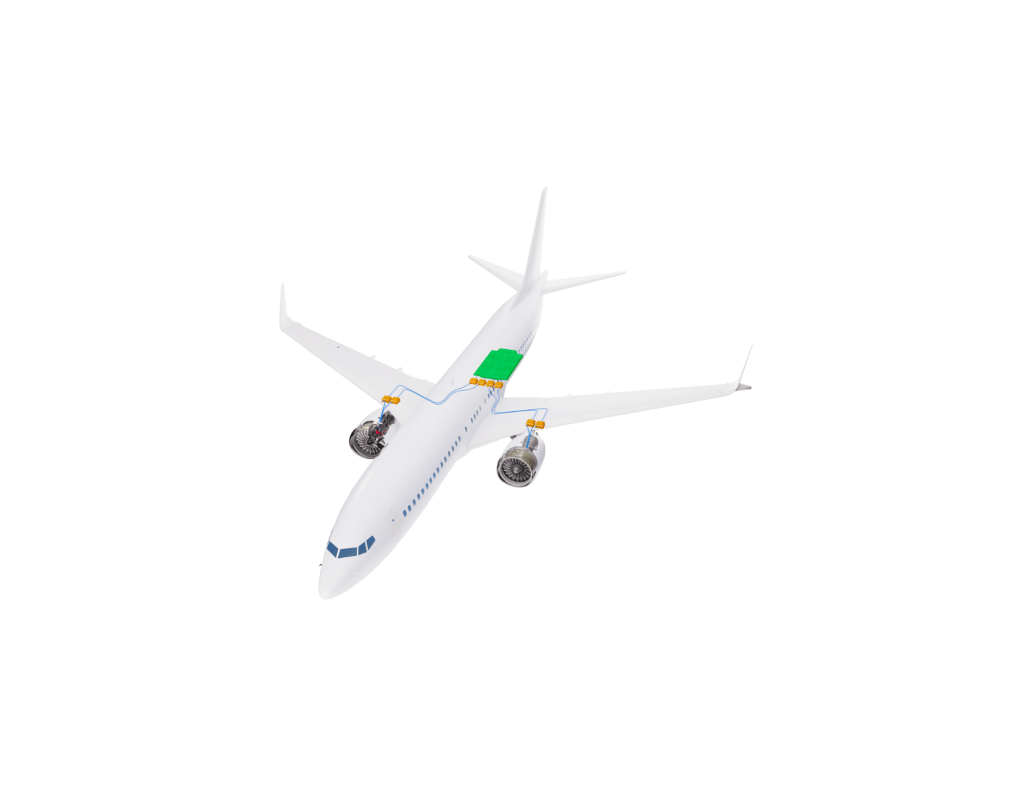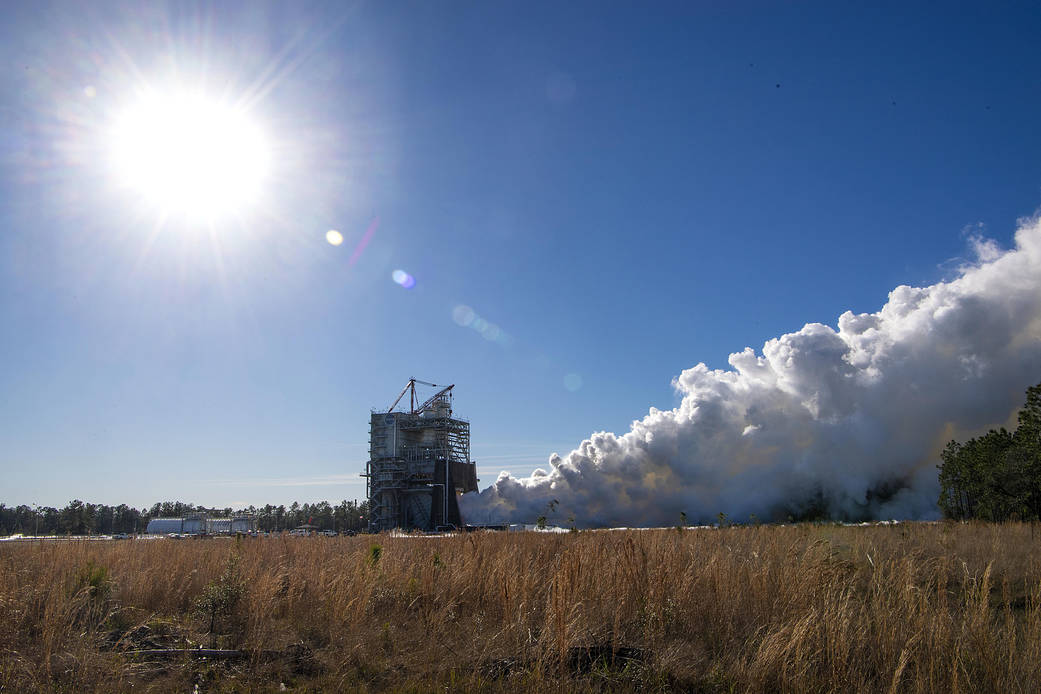NASA resumed RS-25 rocket engine testing for its new Space Launch System (SLS) rocket with a Feb. 13 hot fire on the A-1 Test Stand at Stennis Space Center near Bay St. Louis, Mississippi. The hot fire marked the first RS-25 test of the year at Stennis, continuing a series with developmental engine No. 0525 that began last August. The test once more featured a flight controller to be used on an SLS mission and marked the third time since last February that NASA has powered its RS-25 engine up to 113 percent of original thrust. NASA is testing RS-25 engines to help power the SLS rocket, being built to send humans deeper into space than ever before, including to such destinations as the Moon and ultimately Mars. Four RS-25 engines, firing simultaneously, will produce 2 million pounds of combined thrust during SLS launch and ascent. RS-25 engines for initial missions are former space shuttle engines, designed to provide a power level categorized as 100 percent thrust. For SLS, engineers are modifying RS-25 engines to provide up to 111 percent of original thrust. Testing at 113 percent at Stennis demonstrates a margin of safety for operating the engine at the higher thrust. A key component of the modifications is the new flight controller, which acts as the “brain” to help control engine operation and facilitate communication between the engine and SLS rocket. Aerojet Rocketdyne has received delivery of 18 new controllers from subcontractor Honeywell International Inc., 16 to be used on the first four SLS missions, one qualification unit and one engine spare. NASA has been testing the new controllers at Stennis since March 2017. The RS-25 hot fire also continued testing of two engine components – a 3D-printed pogo accumulator to dampen pressure oscillations that can cause flight instability and a main combustion chamber fabricated using a hot isostatic pressure (HIP) bonding technique. These components are significant early milestones in NASA’s and Aerojet Rocketdyne’s endeavor to maximize state-of-the-art manufacturing methods to significantly reduce the cost and time needed to build new RS-25 engines. The Feb. 13 test was the first since mid-December, when a test was terminated early due to an observed anomaly. A subsequent investigation identified the cause as a faulty ground test instrument, which was removed for inspection and was not needed for this test. Each RS-25 test marks progress towards Exploration Mission-1, during which SLS will launch an Orion spacecraft around the Moon and back to test critical capabilities needed for deep space flights. Exploration Mission-2 is scheduled to carry astronauts aboard Orion on a return to deep space. In addition to testing RS-25 engines, NASA plans to test the fully assembled SLS core stage for the first mission on the B-2 Test Stand at Stennis, firing up all four engines at once. RS-25 tests at Stennis are conducted by a combined team of NASA, Aerojet Rocketdyne and Syncom Space Services operators. Aerojet Rocketdyne is the RS-25 prime contractor. Syncom Space Services is the prime contractor for Stennis facilities and operations.
3 min read

























